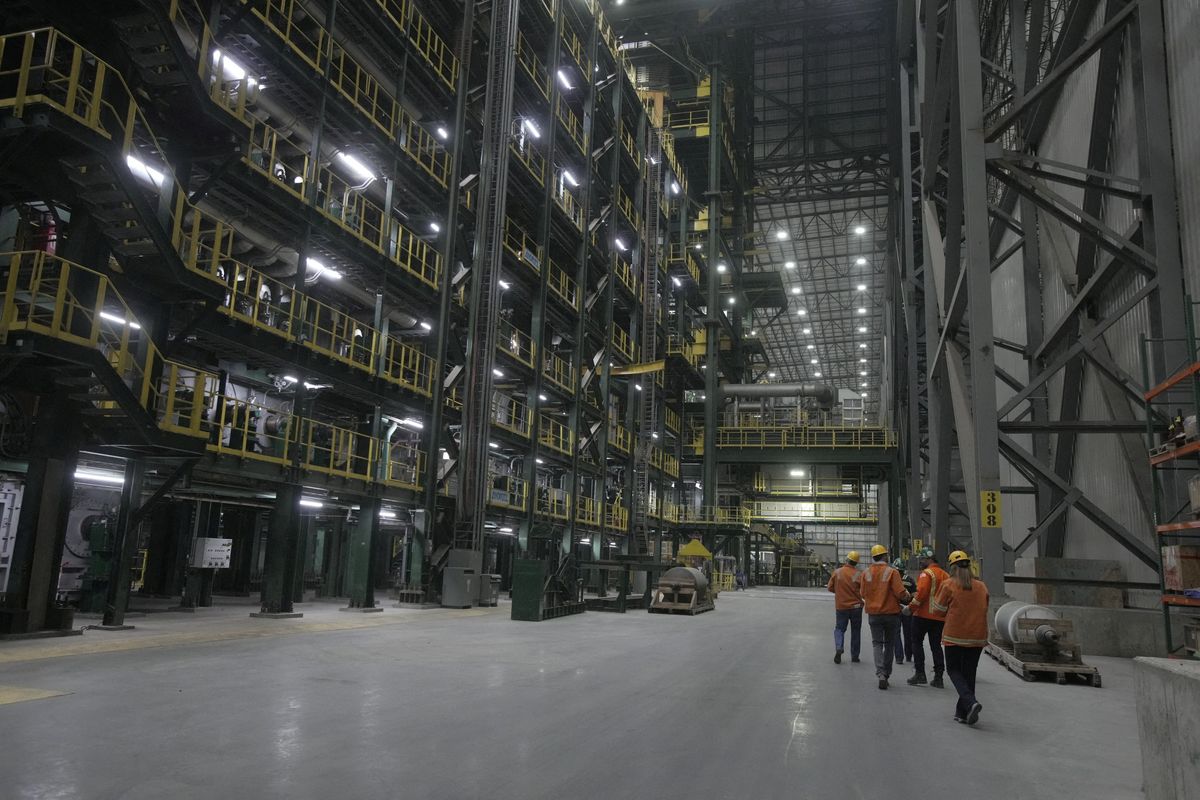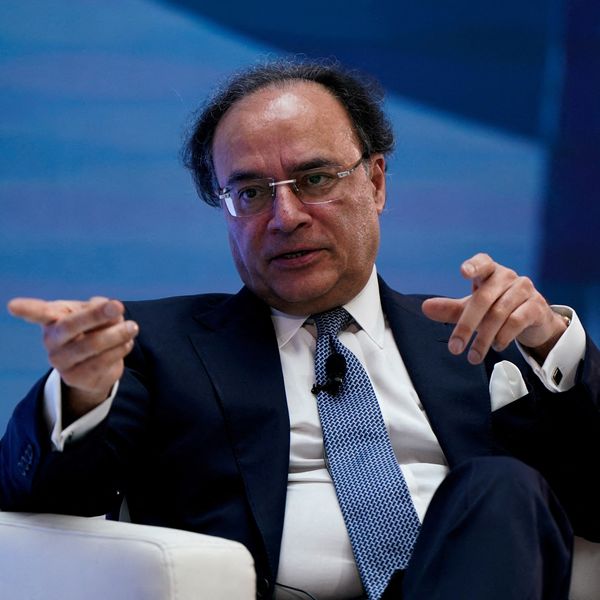Strong US job growth conceals private sector struggles
Government hiring accounted for nearly half of all job gains
Business Desk
The Business Desk tracks economic trends, market movements, and business developments, offering analysis of both local and global financial news.

FILE PHOTO: Employees work inside a Nucor steel factory in Blytheville, Arkansas, U.S., March 28, 2025.
Reuters
Private sector added only 74,000 jobs, weakest since October 2024
Unemployment fell to 4.1% partly due to people leaving workforce
Trump's trade policies cited as source of business uncertainty
The United States added more jobs than expected in June, but the headline figure masked underlying weakness in the private sector as businesses grappled with the economic impact of President Donald Trump's trade policies, according to official data released Thursday.
The Labor Department reported that nonfarm payrolls increased by 147,000 positions last month, according to a foreign news agency, surpassing economist expectations of 110,000 new jobs. However, nearly half of these gains came from government hiring, with private sector employment adding only 74,000 jobs - the weakest showing since October 2024.
The unemployment rate edged down to 4.1% from 4.2% in May, though analysts noted this improvement was partly due to people leaving the labor force rather than finding employment. The average workweek also shortened, suggesting businesses are reducing hours amid economic uncertainty.
"Although the overall number of jobs was very strong, the weakness was broad-based across the private sector," Eugenio Aleman, chief economist at Raymond James, a U.S. financial services firm, told a foreign news agency. "The labor market continued to weaken in June, which is in line with our view and should reignite the conversation regarding the Federal Reserve's interest rate path."
Government drives growth
Government employment surged by 73,000 positions, with much of the increase attributed to seasonal education hiring. State government education added 40,000 jobs, while local government education contributed 23,000 positions. Federal employment continued its decline, losing 7,000 jobs and bringing total federal job losses to 69,000 since January.
The private sector showed signs of strain across multiple industries. Manufacturing eliminated 7,000 positions, while wholesale trade cut 6,600 jobs. Professional and business services reduced payrolls by 7,000, and retail added only 2,400 positions.
Healthcare remained a bright spot, adding 39,000 jobs across hospitals, nursing facilities, and residential care centers. Social assistance employment increased by 19,000 positions.
Trump policies under scrutiny
Economic analysts increasingly point to President Trump's policy agenda as a source of business uncertainty. His administration's implementation of sweeping tariffs on imported goods, mass deportations of migrants, and proposed government spending cuts have reportedly shifted business sentiment.
Initial optimism following Trump's electoral victory in November - driven by expectations of tax cuts and reduced regulation - has given way to concern as the economic impact of these policies becomes clearer.
Financial markets reflected the mixed economic signals, with U.S. stocks declining, the dollar strengthening against major currencies, and Treasury yields rising following the jobs report.
Federal reserve response
The employment data adds complexity to the Federal Reserve's monetary policy decisions. While the central bank has maintained its benchmark interest rate in the 4.25%-4.50% range since December, many economists expect labor market softening could prompt rate cuts as early as September.
However, the Trump administration's immigration crackdown may limit unemployment rises by shrinking the available labor pool. With temporary legal status revoked for hundreds of thousands of migrants, some economists told a foreign news agency that fewer than 100,000 monthly job additions would be sufficient to maintain current unemployment levels.
Fed Chair Jerome Powell told a foreign news agency Tuesday that the central bank plans to "wait and learn more" about the impact of trade tariffs on inflation before adjusting monetary policy.
The mixed signals from the U.S. labor market reflect broader economic tensions as the world's largest economy navigates the early months of Trump's return to office, with his protectionist trade policies and immigration restrictions creating uncertainty for businesses and workers alike.










Comments
See what people are discussing